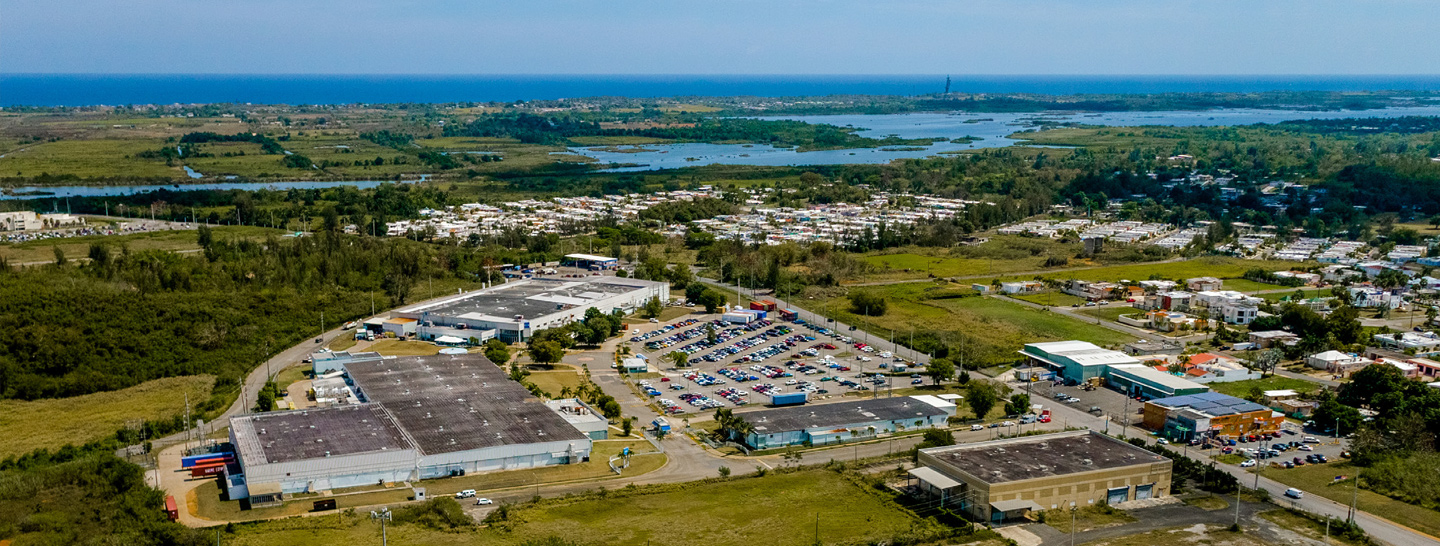The Challenge
A major oil and gas company enlisted Enel X North America to identify ways to reduce energy spend for 12 of its facilities dedicated to maintaining proper pressurization levels to transport natural gas through pipelines safely.
After visiting the facilities and reviewing data from their utility bills and energy meters, the Enel X North America team identified that demand charges, which are calculated by each facility’s peak demand levels within certain intervals, accounted for 42% of annual energy spend, but were not being managed actively.
Taking control of these costs, however, would require insight into how their energy suppliers calculated demand costs for each facility, how their equipment operations contributed to these costs, and a simplified way to incorporate these factors into their operational decisions.
Further complicating the task was the mission-critical nature of the facilities. Since the equipment is critical to the safety and profitability of its core business, any effort to reduce energy costs would need to factor in equipment reliability and pipeline pressurization levels.
The Solution
To address this issue, the Enel X North America team recommended a demand management strategy that would save the company hundreds of thousands of dollars in annual energy spend without requiring any investment in new equipment.
To develop a plan to control demand charges, the Enel X North America team began by reviewing billing structures for each of the sites. This information would prove invaluable to the company’s operational scheduling. If the team knew the billing cycle for each site, they could avoid operating energy-intensive equipment at times when they are most likely to set costly demand peaks.
During this process, the company found that while those who were responsible for paying the electricity bills for these facilities were aware of how operational schedules affected demand costs, those who were responsible for planning equipment operations lacked visibility into this information. Added visibility into billing cycles would enable the company to better understand the cost of its equipment operations.
The next step was to help the company understand how specific equipment contributes to their facilities’ demand peaks. To accomplish this, the Enel X North America team developed a tool that shows how much energy a specific piece of equipment would consume, measured in kilowatts. Combined with insight into their billing cycles, this provides the visibility to determine how each piece of equipment at their sites would contribute to demand peaks at the times when it would have the biggest impact on costs.
This visibility became an integral component of the company’s operational scheduling processes. For example, when one compressor unit is taken offline for maintenance, others need to account for the lost production to maintain the right pressure levels on the pipelines. With visibility into billing cycles and the amount of added electricity demand, the company could determine which equipment to deploy at the right times to avoid driving up demand charges. Other examples include evaluating the costs of production changes and determining optimal times to startup and shutdown energy-intensive equipment.
The Enel X North America team also records the details for each measure taken to reduce demand charges, providing the company a central repository of information on energy measures to consult as it deploys and refines its demand management strategy over time.
Results
This granular level of insight into each facility’s billing cycles and demand peaks enabled the company to make scheduling decisions based on the impact they would have on energy costs and overall profitability.
This new approach to demand management would achieve more than $800K in savings in the first calendar year. The company achieved these savings despite opening and ramping up a new facility during the year, which required high energy consumption and costs.
Going forward, demand management will play an integral role in the company’s operational planning and budgeting.








